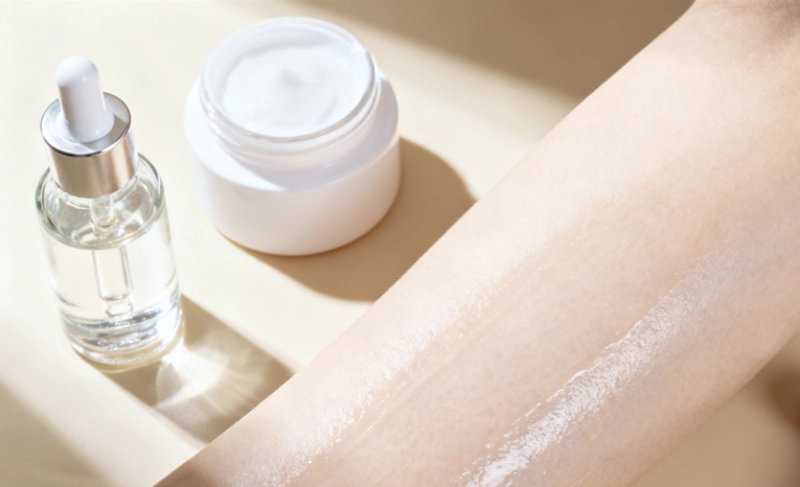Ever wondered how to revolutionize your industrial painting process? The six-axis spray painting robot is the game-changer you've been seeking. This cutting-edge technology combines precision, speed, and efficiency to elevate your production line to new heights.
Are you ready to discover how this innovation can streamline your operations, minimize waste, and maximize output? Stay tuned as we delve into the unparalleled capabilities of the six-axis spray painting robot and explore its potential impact on various industries. Whether you're in automotive manufacturing, aerospace, or general metal fabrication, this disruptive technology promises to redefine your approach to surface finishing.
Evolution of Automated Spray Painting Technologies
Early Development
In the 1960s, the inception of automated spray painting technologies marked a significant turning point in industrial manufacturing. During this period, early systems were characterized by rudimentary programming and limited motion capabilities. These systems required manual intervention for adjustments and lacked the precision needed for complex painting tasks.
Advancements in robotics and control systems have played a pivotal role in transforming automated spray painting technologies. The integration of sophisticated robotic arms equipped with multiple axes has revolutionized the industry, enabling precise and intricate movements that were previously unattainable.
The introduction of the six-axis spray painting robot represents a leap forward in automated spray painting technology. This innovation offers unparalleled flexibility and dexterity, allowing for seamless adaptation to various part geometries while maintaining consistent paint application quality.
Enhanced Precision and Efficiency
With its six degrees of freedom, the six-axis spray painting robot can replicate human arm movement with exceptional accuracy. This level of precision ensures uniform coverage across complex surfaces, eliminating inconsistencies often associated with traditional methods or less advanced automation solutions.
Moreover, these robots are capable of executing intricate patterns and designs without compromising speed or efficiency. Their ability to navigate around obstacles while maintaining optimal distance from workpieces minimizes production downtime typically attributed to repositioning or recalibration requirements.
The utilization of such advanced technology translates into tangible benefits for manufacturers seeking to optimize their production processes through improved quality control measures and increased throughput rates.
Key Components in Six-Axis Painting Robot Systems
Components of Six-Axis Robots
Six-axis spray painting robots are comprised of six main components: the base, waist, arm, forearm, wrist, and end effector. Each component plays a crucial role in achieving precise and efficient painting. The base provides stability and support for the entire robot system. The waist enables rotational movement along the vertical axis, allowing the robot to reach different heights and angles during painting.
The arm extends outward from the waist and is responsible for horizontal movement. It determines how far the robot can reach within its working envelope. The forearm, attached to the arm, adds an additional level of flexibility to adjust positioning accurately. Meanwhile, the wrist allows rotational movement around three axes (roll, pitch, yaw), providing dexterity similar to that of a human wrist.
Customizable End Effector
One of the most critical components is the end effector, which can be customized with various types of spray guns based on specific painting requirements. This customization capability allows manufacturers to adapt their robotic systems for different applications without having to invest in entirely new equipment.
For instance:
-
In automotive manufacturing plants where intricate designs or multiple colors are required for vehicle bodies, a dual-head spray gun can be integrated into the end effector.
-
Conversely,
-
when applying coatings on large industrial equipment or structures,
-
such as agricultural machinery or structural steel beams,
-
a high-flow rate single-head spray gun might be more suitable.
This versatility demonstrates how adaptable six-axis robots are in meeting diverse industry needs through their customizable end effectors.
BORUNTE
sale@borunteglobal.com



